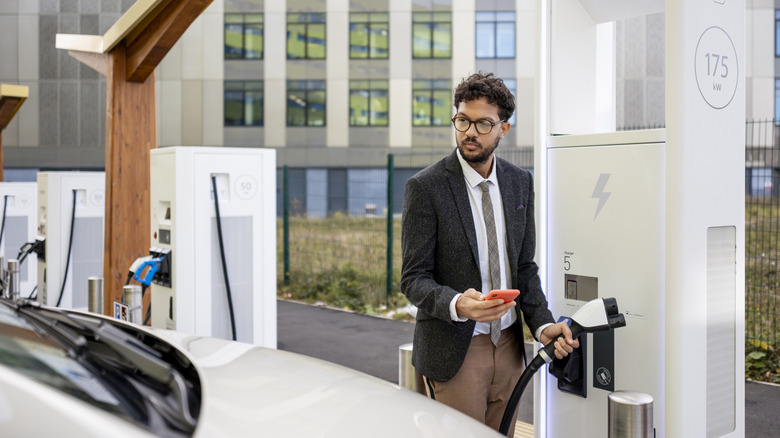The Hidden Carbon Footprint Of Electric Vehicles
For years, cars have been regarded as an environmental nightmare. Through every stage of its lifecycle, cars carry an environmental and social cost with impact that is difficult to truly quantify. For example, cars require a resource-intensive production process, which involves mining and the production of materials like metals, rubber, and plastic.
According to the Environmental Protection Agency (EPA), a typical passenger vehicle emits about 4.6 metric tons of carbon dioxide per year or about 400 grams per mile. In addition, gasoline cars release methane, nitrous oxide, hydrofluorocarbon (HFC), and other greenhouse gases into the environment.
Not to mention, the environmental impact of cars doesn't just disappear once a vehicle stops working. Due to their non-biodegradable components, traditional cars also fill landfills and release toxic chemicals into the ground after being discarded.
In recent times, electric vehicles have been raised as a solution to mitigate the ongoing climate crisis. While there's no doubt that EVs are typically better for the environment than their traditional counterparts, it doesn't mean they don't have hidden carbon footprints that you should be aware of.
The environmental cost of producing EVs
Aside from the extensive human rights abuses associated with the global mining industry, Earthworks claim that the skyrocketing demand for minerals used in EVs is causing devastating damage to freshwater and marine ecosystems and creating pollution that impacts public health, agriculture, and tourism.
Author and energy expert Ronald Stein, in an op-ed for the Heartland Institute, shares that a single EV auto battery requires processing over 500,000 pounds of the earth's crust for just one battery. He also notes that the current fossil fuel infrastructure is less invasive than mining for the exotic minerals and metals required to create the batteries.
According to McKinsey & Company, an average EV battery today emits up to 100 kilograms (kg) of CO2 equivalent per kilowatt-hour (CO2e/kWh). Split into production steps, the study revealed that active material production (33%), cell manufacturing (26%), and mining (27%) are the leading causes of emissions. However, the firm also reiterates that plenty could be done to mitigate these emissions, such as increasing the share of recycled raw materials, using alternative fuels, and optimizing technology.
Lifecycle carbon emissions of EVs
Aside from the cost of producing EVs, pollutants are still expected from its overall lifecycle. In 2016, the Argonne National Laboratory released a study that revealed that emissions from EV manufacturing and its end-of-life are higher than that of a traditional vehicle. However, it can be noted that a recent 2022 update to the study claims that newer technological advances and changes in energy supply sources could still potentially lead to cost-negative decarbonization.
The study on EV myths also revealed that the battery, manufacturing, and end-of-life of EVs with a 300-mile range typically emit up to 150 grams of greenhouse gasses (GHG) per mile. Meanwhile, traditional gas cars only emit less than 50 grams of GHG per mile for their manufacturing and end-of-life processes. Although, the study did validate that electric vehicles still typically emit significantly fewer gasses throughout their entire lifespan. Although EVs usually do not release tailpipe emissions like traditional cars, they emit small amounts of greenhouse gas emissions due to their air conditioner and HFC leakage.
Lastly, an IOP Conference paper shared the many risks that discarded EV batteries have on human health and environmental sustainability, such as spontaneous combustion, toxic fumes, and water pollution, contributing to the ongoing global e-waste problem.


